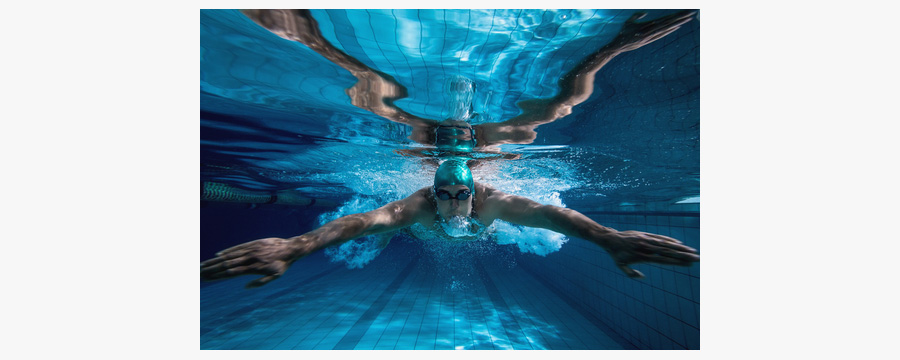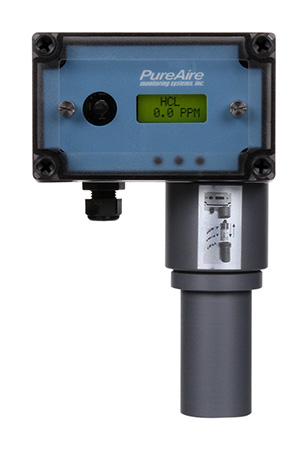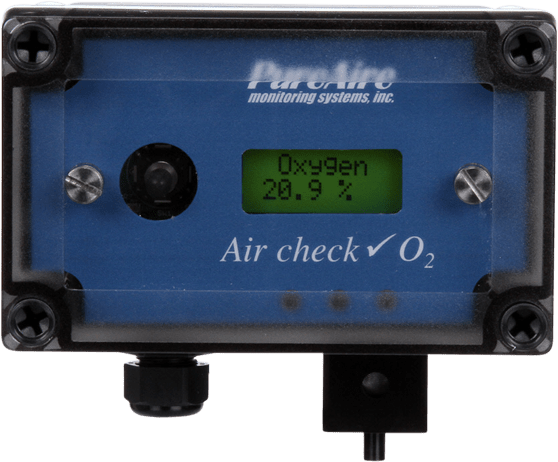Gas Detectors Can Ensure Chlorine Safety in Swimming Pools

In April 2019, six people became sick after being exposed to chlorine gas at a hotel pool in India, because one of the chlorine gas cylinders, which had been stored improperly, began to leak, exposing swimmers to chlorine gas. In June 2019, some 50 pool patrons became ill after a pump malfunction leaked chlorine gas at an indoor pool in Utah. These are not isolated events. According to the Centers for Disease Control and Prevention, exposure and inhalation of pool chemicals, including chlorine fumes and gases, account for approximately 4,500 emergency room visits each year.
Accidental exposure to chlorine gas, such as the incidents in Utah and India, can cause individuals to have trouble in breathing, burning sensation in the nose, throat, and eyes, as well as blurred vision, coughing, chest tightness, nausea, and vomiting
Learn how to keep swimmers and employees safe at your facility.
Chlorine Treatment
Chlorine, a powerful, corrosive disinfectant, is used in pools and hot tubs to kill harmful bacteria and prevent waterborne outbreaks such as Cryptosporidium (a parasite that causes diarrhea) andLegionella (the bacteria that can cause Legionnaires’ disease), in addition to swimmer’s ear and “hot tub rash”. Contrary to popular belief, while chlorine does have a distinct odor, an overwhelmingly strong scent of chlorine can actually indicate that not enough chlorine is being used.
As chlorine mixes with unwanted substances in the water, such as urine, and sweat, chloramines are produced. Chloramines result from the ammonia in urine and sweat reacting to chlorine. It is chloramine that causes the condition known to swimmers as “red eye”.
Protection Against Accidental Chlorine Gas Leaks
While chlorine is essential to keep pools crystal clear and sanitary, it must be carefully monitored, and pool equipment rooms properly maintained, with appropriate safety equipment.
According to the California Association of Environmental Health Administrators, every public indoor swimming pool and spa should have an audible and visible chlorine detection alarm system located in the room containing chlorine gas equipment. The gas detection system shall continuously monitor the room and, if chlorine concentrations exceed the permissible exposure limit of 0.5ppm, activate an alarm, turn off the chlorine at the source, and turn on the ventilation system.Ideally, the monitoring system will have an audible alarm that is at least 90 decibels and have visible strobe lights.
PureAire Monitoring Systems’ universal gas detectors use “smart” sensor cells technology to continuously track levels of ammonia, bromine, hydrogen, hydrogen chloride, and other toxic gases, including chlorine. The sensor cell is programmed to monitor for a specific gas and measurement range, as required by the user.
Indoor pool facilities using a PureAire universal gas detector can detect elevated chlorine levels before the health of pool staff or patrons is put at risk. In the event of a chlorine leak, and the elevation of chlorine to an unsafe level, the gas detector will set off an alarm that includes horns and flashing lights, and turn on the ventilation system, alerting pool staff and swimmers to evacuate the area.
An easy to read screen makes it simple for pool staff members to monitor chlorine levels at a glance, giving them peace of mind.
Recent Posts
Надежда Гришаева И Anvil История Успеха И Расширения Возможностей
Nadezhda Grishaeva Exudes Happiness And Vitality While Leading A Vibrant Gathering To Commemorate Anvil’S Impressive Three Years Of Achievements In The Business Sector
Talk Dirty AI: Everything for Spicy AI Sex Chats
Talk Dirty AI: Start Chatting For Free On GirlfriendGPT
Why Are My Lymph Nodes Swollen?
Slottica Review 2024 Bonus, Free Spins & Games



